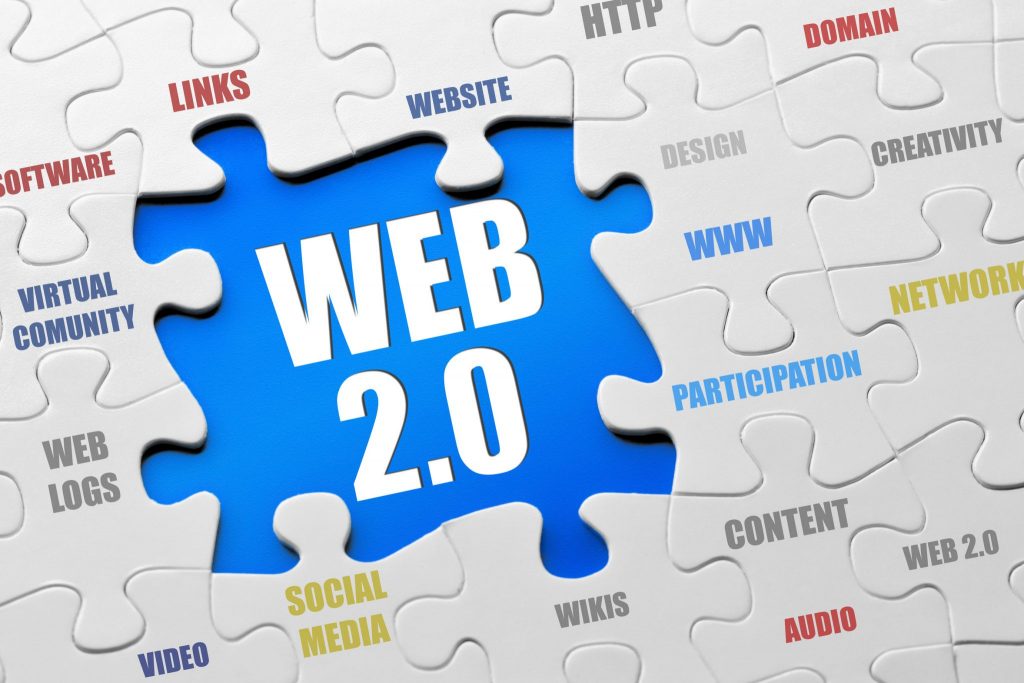If you are a regular internet user, you would have heard about Web 2.0. However, although most people have heard of the term, few actually know what it actually represents.
To put it simply, Web 2.0 refers to the changes or the transition of the World Wide Web into a a more Participative or Participatory platform for website developers and web users. Thus, the other term used to describe the web ‘Social Web’.
In essence Web 2.0 gives emphasis to user-generated content; the level ease that the websites can be used (User interface) and how the web has transformed to accommodate a participatory culture that is interoperable which simply means that websites these days work harmoniously with a wide variety of systems, and devices.
Many of you might start thinking that this must be new, but it is not as the term was actually used and this concept began in 1999 and just to make things clear, Web 2.0 does not refer to technical specifications, but instead points to the way the web and web pages in particular have evolved and are being used.
Websites prior to the Web2.0 revolution were mostly static, but the progressive transition triggered by chat application which were eventually incorporated into websites and the rise of social media were the 2 most distinct changes that became a runaway phenomenon by 2004.
In summary a 2.0 website would be capable of allowing users to interact with one another on a social media sites and be creators and support user-generated content in the community they are associated with in the virtual world, During the Web 1.0 era on the other hand websites as mentioned earlier wee static and web surfers were limited to just viewing content in a passive manner and were not able to do anything ‘but view it’ and in the event they had something to say about it, they had to send an email separately to the web owner provided the web owners provided their contact details or phone number.
Good examples of Web 2.0 that fir the bill precisely include most social networking sites or social media sites such as Video sharing sites such as YouTube, Hosted services, Blogs, Wikis, Facebook, Folksonomies (tagging keywords), Web applications (“apps”), Collaborative Consumption platforms, tagged, Hi-5, Mash-up applications, Dating Sites and others. The most popular of these for web designers and developers is by far WordPress.
The internet in the Web 2.0 format has changed practically everything from consumer behaviour right up to how people work these days and the expectations and challenges that are expected in the next transition that is currently taking place as the world wide web evolves into Web 3.0 has got the world braced for its own series of impact which include a lot more capabilities that Web 2.0 has had to offer.

